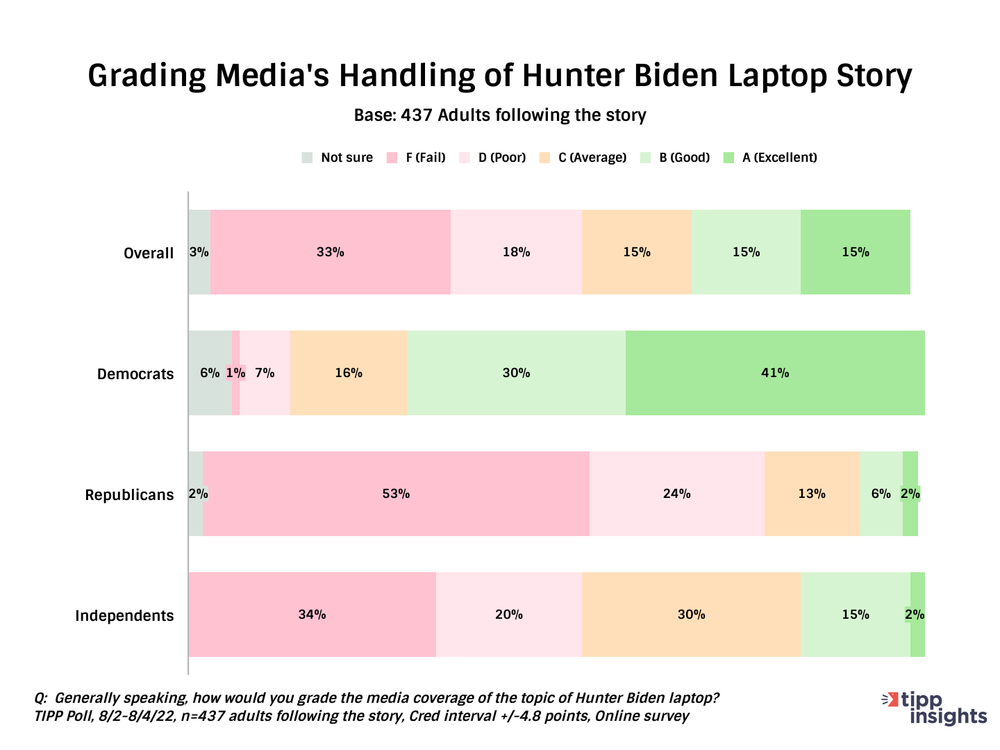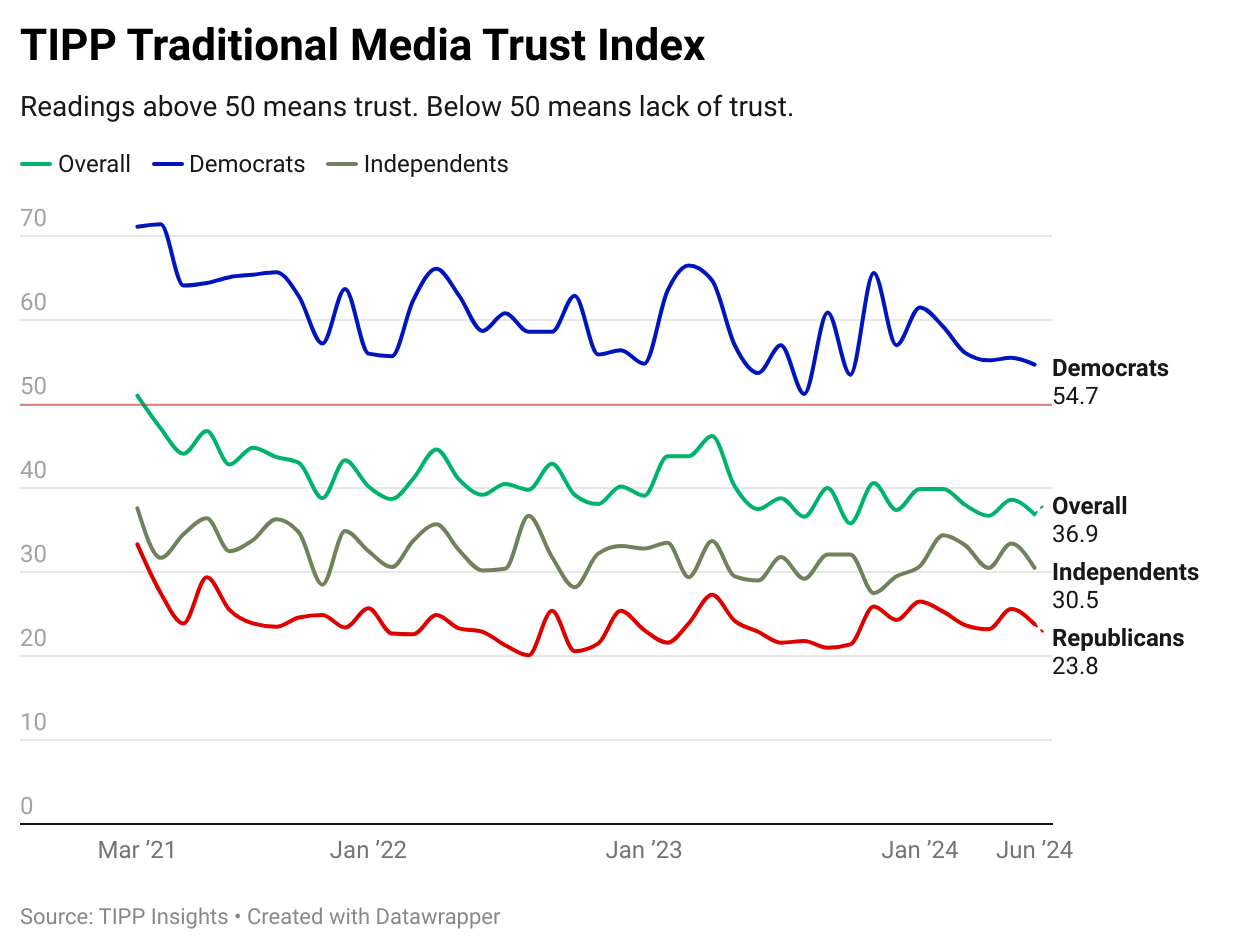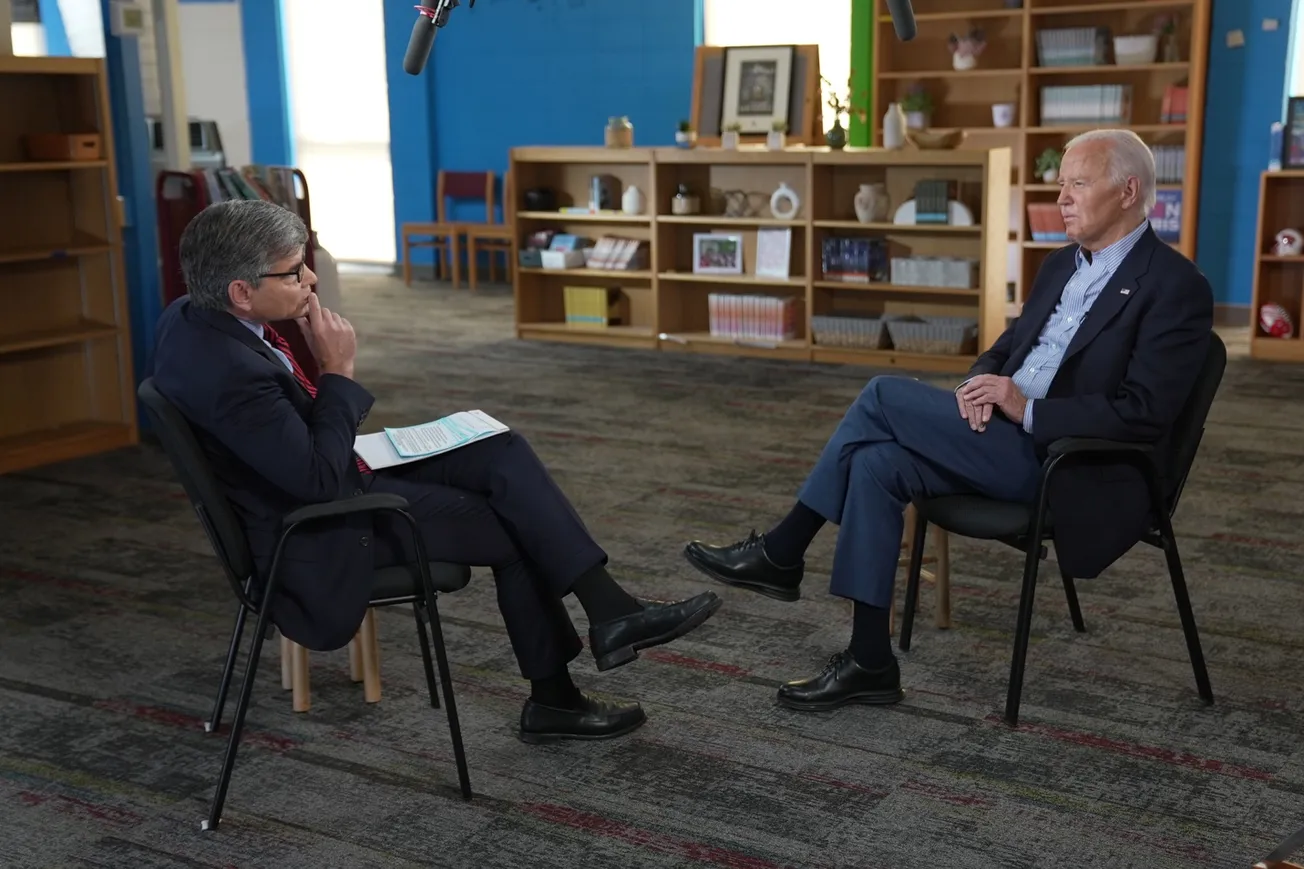FBI agent Erika Jensen confirmed last Wednesday, while testifying in the Hunter Biden gun trial in a Delaware court, that his laptop, initially dismissed as Russian disinformation by media outlets and intelligence experts during the 2020 election, is real. When questioned about its authenticity, she stated that the serial number on the back of the laptop matches the serial number provided in Apple’s response to a subpoena for records.
Let's revisit a pivotal moment in October 2020, just a few weeks before the presidential election. The New York Post broke a story that would reverberate through the political sphere. It was a story about a laptop allegedly belonging to Hunter Biden that contained emails, photos, and videos that purportedly unveiled contentious business dealings.
The Post story met with significant pushback. Social media platforms, including Twitter and Facebook, limited its dissemination, citing concerns over the source and integrity of the information.
A group of 52 former senior intelligence officials, including former Director of National Intelligence James Clapper, released a public letter dismissing the laptop story as having "all the classic earmarks of a Russian information operation," suggesting it was part of a disinformation campaign to influence the election.
As exemplified by NPR managing editor Terence Samuel's tweet, the media's choice to dismiss the story clearly indicates their disregard for the public's right to information. Samuel tweeted:
We don't want to waste our time on stories that are not really stories, and we don't want to waste the listeners’ and readers’ time on stories that are just pure distractions. And quite frankly, that's where we ended up; this was a politically driven event, and we decided to treat it that way.
The joint dismissal of the laptop story by intelligence experts, social media platforms, and the media was a significant event and a severe blow to the public's trust. This unified front profoundly impacted the public's perception of the story, potentially influencing the outcome of the 2020 election and further eroding the already tenuous trust in the media.

The media must bow its head in shame. Remorse is an alien word for the ilk. Make no mistake: the media’s continued “hit and run” behavior comes at a cost: the erosion of trust among its readers and listeners.
For example, in a TIPP Poll completed in late May, only 32% of Americans trust the traditional media, and 63% have little or no trust at all. 52% of Democrats trust the media, while 76% of Republicans and 70% of independents don’t.

TIPP has been tracking the Traditional Media Index monthly since March 2021. Responses to the following question form the basis of the index:
Generally speaking, how much trust do you have in the traditional or established news media (e.g., Washington Post, New York Times, NPR, CBS News, etc.) to report the news accurately and fairly?
The index ranges from 0 to 100. Scores above 50 indicate trust, scores below 50 indicate a lack of trust, and a score of 50 is neutral.

The lack of trust is impacting media houses. For instance, The Washington Post is in trouble. According to news reports, it is bleeding money as its audience shrinks. Last year, it suffered $77 million in losses, leading to nearly 13% staff layoffs. The Post’s website traffic has dropped from 243 million visitors in May 2020 to only 132 million in May, according to Similarweb data.
Will Lewis, The Washington Post publisher, put it bluntly: “We are losing large amounts of money. Your audience is halved. People are not reading your stuff. I can’t sugarcoat it anymore.”
Lewis is spot on in his observation.
What is the cure to the disease afflicting America’s media houses?
Earning Americans’ trust. And that’s not easy.
First, the media must unshackle itself from the Democratic party. Also, it must not succumb to pressure from myopic hyper-partisans like James Carville, who demand more slanted coverage. Recently Carville said:
I don’t have anything against slanted coverage. I really don’t; I would have something against it at most other times in American history, but not right now. F— your objectivity. The real objectivity in this country right now is we’re either going to have a Constitution, or we’re not.
We agree with the New York Times executive editor Joe Kahn that it wasn't the paper's job to be an arm of the Biden campaign.
Here are a few other recommendations:
- Be professional. Follow the Society of Professional Journalists (SPJ) code of ethics.
- Focus solely on reporting the news and hard facts rather than shaping a narrative.
- Do not suppress or spike stories that do not fit preconceived narratives. Report all news, regardless of whether it furthers an editorial agenda.
- To minimize personal bias—separate journalism from personal political views. When you wear the journalist hat, you must give your readers or viewers unfiltered factual information.
- Generally speaking, lean towards more transparency than less. Don’t hide behind anonymous sources.
- Tell the whole story. Tell the beginning, the middle, and the end.
- Don’t underestimate the intelligence of your readers or viewers.
- Periodically introspect and develop best practices.
- And last but not least, don’t ever invent stories. It is malpractice of the worst kind.
If the media does not correct course, its survival is in jeopardy. Expect more bankruptcies and layoffs. Newton’s third law thrives. For every action, there is an equal and opposite reaction. That’s the universe's reward for media malfeasance.









